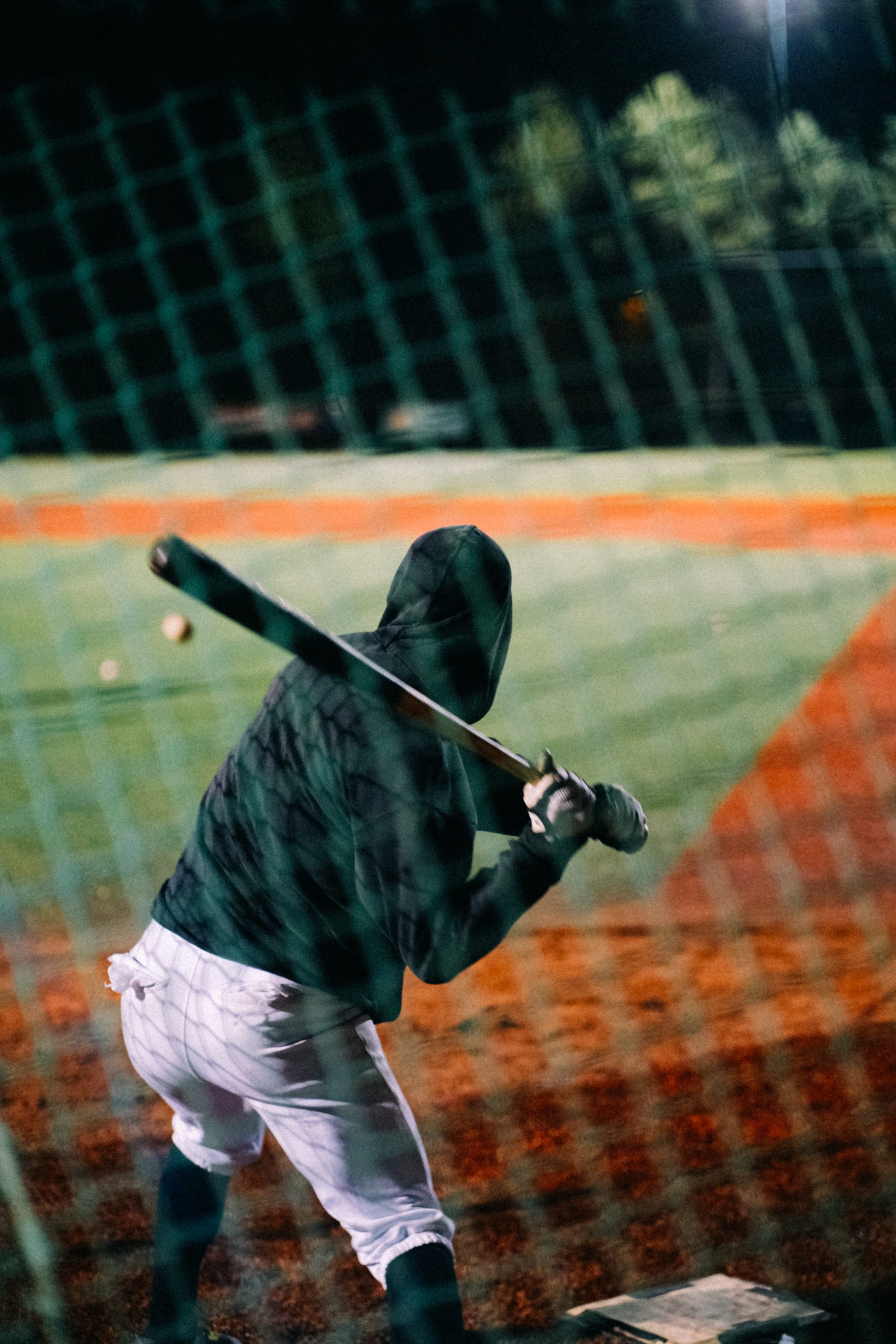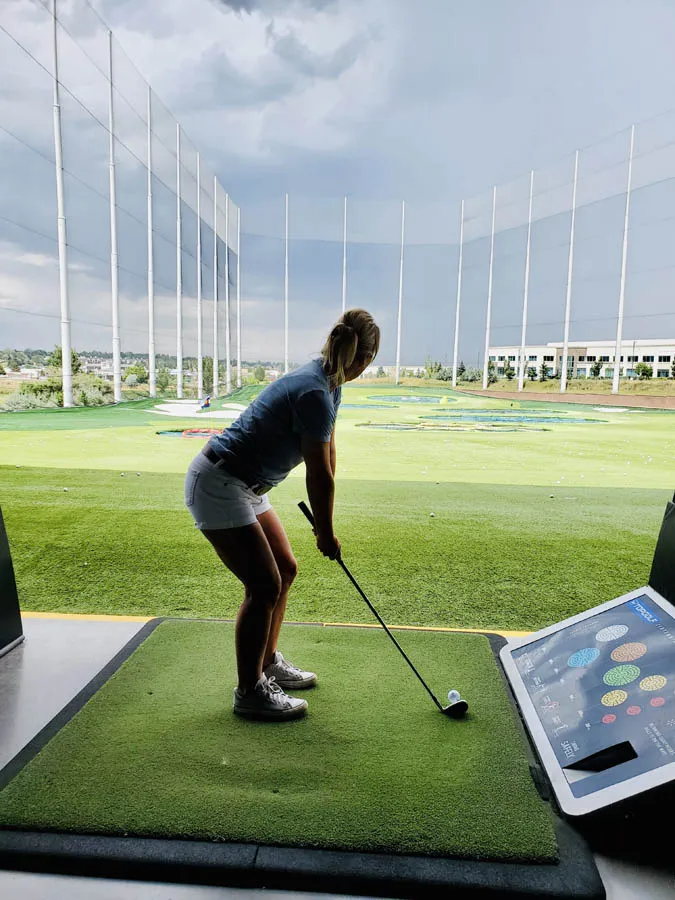The holiday season is fast approaching, and with it usually comes a mega blitz of calories. What better way to burn off the extra pounds you might pack on than by playing sports?

But which sport will give you the best calorie-burning ROI (return on investment)? There are obviously some that torch calories quicker, but if you hate a particular sport, then it will just feel like another chore (I’m looking at you, distance running).
It’s better to do an activity you love (or at least like a little). That will make fun the primary goal, and the calorie burn will be the bonus.
For me, if I had to run long distance to burn 800 calories, I’d rather stick needles in my eyes. But put a ball in front of me, and I’ll play a 90-minute soccer game without a sub, and those 800 calories will be gone without even realizing it.
So let’s dig into some sports that burn a lot of calories–but which you can also have fun playing. If you need some inspiration on which sport to play, you can also check out our blog post on 28 sports for adult athletes of every skill level to try.
Table of Contents
Pick Your Poison: High-Intensity, Medium-Intensity, or Low-Intensity Sports
High-Intensity Calorie Burn

High-intensity sports elevate your heart rate quickly. You FEEL your body working hard, sometimes having to catch your breath to continue. These sports will typically burn the most calories in the shortest amount of time. The harder you make your body work, the harder it will work for you in terms of calorie expenditure.
Vigorous sports like soccer, basketball, racquetball, water polo, boxing, rowing, and singles tennis are all on the high-intensity list of sports. Sports like these demand high endurance and can be challenging if you don’t already have a decent level of fitness.
If you’re just starting out in one of these sports, you can condition your body by jumping rope or sprinting. These quick bursts of energy will get your heart and lungs prepared for high-intensity sports. Get updates and exclusive special offers. No spam–just valuable content. join the aps squad
Medium-Intensity Calorie Burn


Medium-intensity sports can also help you lose weight you might have gained from eating a few more holiday cookies than you should have. They can still pack a good aerobic punch but at a more moderate pace than high-intensity exercises.
Medium-intensity sports might require short bursts of energy that can spike your heart rate, but you’ll typically have more time to recover than with high-intensity sports. For example, in softball or baseball, if you hit a triple and need to round the bases, that sprint will likely leave you out of breath if you make it to home base. But then you’ll be able to sit on the bench and catch your breath afterward.
Besides baseball and softball, some other examples of medium-intensity sports include volleyball, football, doubles tennis, pickleball, and rugby.
The beauty of medium-intensity sports is their ability to boost your metabolism and help you burn calories even after you’ve left the field.
Low-Intensity Calorie Burn


Just because a sport is labeled low intensity doesn’t mean it doesn’t burn calories. With low-intensity sports, you burn fewer calories in the amount of time it would take you to zap them off in a high-intensity sport. But, low-intensity sports are typically more sustainable for longer periods of time.
Low-intensity sports are not to be confused with low-impact sports. Low-impact sports like swimming, for example, are easier on the joints because of minimal impact, but they can still be an intense calorie burn if done at a fast pace.
Golfing, curling, cornhole, and bowling are examples of low-intensity sports. The amount of calories you can melt off during a 4-hour golf game (if you walk the course) can equal what you’d burn during a shorter duration medium-intensity sport.
The Chart of Sports And Their Calorie Burn Per Hour
The chart below lists many popular sports you can participate in as an adult and the amount of calories they burn, on average, for a 130 lb. and 190 lb. person. Obviously, these numbers can vary depending on many factors (age, gender, intensity, etc.), so just use it as a baseline.
Two popular adult sports not on the list are dodgeball and pickleball. I couldn’t find any definitive data from research studies but found anecdotal data that says a moderate pickleball game burns about 350-450 calories an hour for a 150-lb. person. For dodgeball, there’s even less information, so you might want to look at a comparable sport below, like kickball, to make your own guesstimate.
One last “sport” not on the list is esports, aka video games. Shockingly, a recent study shows an average male playing video games for an hour would burn 210 calories!
| Sport | 130 lbs. | 190 lbs. |
|---|---|---|
| Basketball game | 472 | 690 |
| Wheelchair basketball | 384 | 561 |
| Sparring boxing | 531 | 776 |
| Broomball | 413 | 604 |
| Curling | 236 | 345 |
| Fencing | 354 | 518 |
| Competitive football | 531 | 776 |
| Flag/touch football | 472 | 690 |
| Golf, walking with clubs | 325 | 474 |
| Golf, pushing/pulling cart | 295 | 431 |
| Golf, driving cart | 207 | 302 |
| Field and ice hockey | 472 | 690 |
| Kickball | 413 | 604 |
| Lacrosse | 472 | 690 |
| Motocross | 236 | 345 |
| Racquetball game | 590 | 863 |
| Rugby | 590 | 863 |
| Cross-country skiing (moderate) | 472 | 690 |
| Downhill skiing (moderate) | 354 | 518 |
| Snowskiing (general) | 413 | 604 |
| Soccer game | 590 | 863 |
| Softball/baseball | 295 | 431 |
| Squash | 708 | 1035 |
| Surfing | 177 | 259 |
| Swimming laps (moderate) | 472 | 690 |
| Singles tennis | 472 | 690 |
| Beach volleyball | 472 | 690 |
| 6-9 person volleyball | 177 | 259 |
| Water polo | 590 | 863 |
The Extra Bonuses Of Playing Sports (Besides Burning Calories)
Besides the benefits of keeping your body fit and your weight more balanced, sports offer some great additional bonuses.
If you participate in team sports, you’ll not only experience the thrills of the games themselves, but you’ll also benefit from social camaraderie. Adult sports are a great way to meet new people and create friendship bonds off the field or court. While holidays can be a joyous time, they can also be lonely for many people. What better way to stave off the holiday blues than by joining a social sports league?
In addition to keeping the blues at bay, sports offer a slew of other mental health benefits. Elevate your mood and your fitness at the same time? It’s a win-win.
Really, adding recreational sports into your life as an adult is like the perfect trifecta–physical, mental, and emotional benefits galore.
And I don’t know about you, but if I can chalk up a sports game as a workout without feeling like it was a tedious must-do workout, that’s a bonus in and of itself. Instead, I look at it as I got to play a sport I love, hang out with my friends, and burn a lot of calories in the process.
Don’t Overdo It
If you read this and it gets you fired up to start playing the sports that will burn the most calories in a short amount of time, that’s fantastic. Just keep in mind your current fitness level and how hard you want to go initially.
If playing basketball seems fun, by all means, do it. But if you’ve never played–or haven’t played in years–make sure you stretch and make sure you ease into it the first time you play. If you go 100 mph right off the bat, you’ll wake up feeling like you’ve put your full body through a wringer and might be discouraged from going back.
And remember to include rest days in your schedule. Rest isn’t a luxury but a necessity for your body to recover, repair, and grow stronger. Learn to understand your body’s rhythms and respect its needs. Rest days aren’t a sign of weakness but a testament to your commitment to holistic fitness. It’s not about punishing your body, it’s about nurturing it.
With each decade of being an adult athlete, recovery is more difficult. As a twenty-something, you’ll find it much easier to acclimate to a sport and to recover from injury. As a forty or fifty-something, the things you could ignore in your twenties will smack you dead in the face. Your body won’t allow you to ignore what it once did. It’s simply a matter of being smart and tuned into your entire body.
Tracking Calorie Expenditure During Sports


You may be curious about the number of calories you burn during sports activities. Knowing this information is beneficial because it gives you the ability to be mindful of your energy output, track your fitness growth, and keep an eye on your overall well-being.
While they aren’t 100% accurate, fitness trackers are still great motivators and fun ways to track your progress. When you burn a significant amount of calories, it’s rewarding to see it on your tracker.
Conversely, when look at your tracker and notice you’ve barely moved all day, that can be just the inspiration you need to get your body moving. You might jump on your bicycle or get in a kickboxing class to burn more calories that day.
I’ve been a Fitbit girl from the get-go and, for the most part, love my Versa 3. One of the things I like most about it for playing sports is that it will turn on automatically to track an activity, like a soccer game. I always hear my teammates who wear Apple Watches say how they forgot to hit start to track the game. On the plus side, I think the Apple Watch gives you more sports options to choose from than the Fitbit. It also has more partner apps that work with it than Fitbit does (sports and non-sports related).
Diet Fuel
If you overindulge during the holidays, playing sports may or may not help you lose ALL the calories you consume. Don’t beat yourself up for falling off track. Continue to keep up your physical activity, but also learn to dial in your nutrition as well.
If you participate in sports activities most of the year and you eat generally healthy most of that time also, you don’t have to worry too much about “bad” eating during the holidays. It’s really all about balance.
Ready, Set, Go Burn Some Calories
Now that you know how many calories each sport burns, it’s time to get your game on! If you’re unsure how to find a sport near you, you can always search our online sports directory to find one. Easy peasy.



